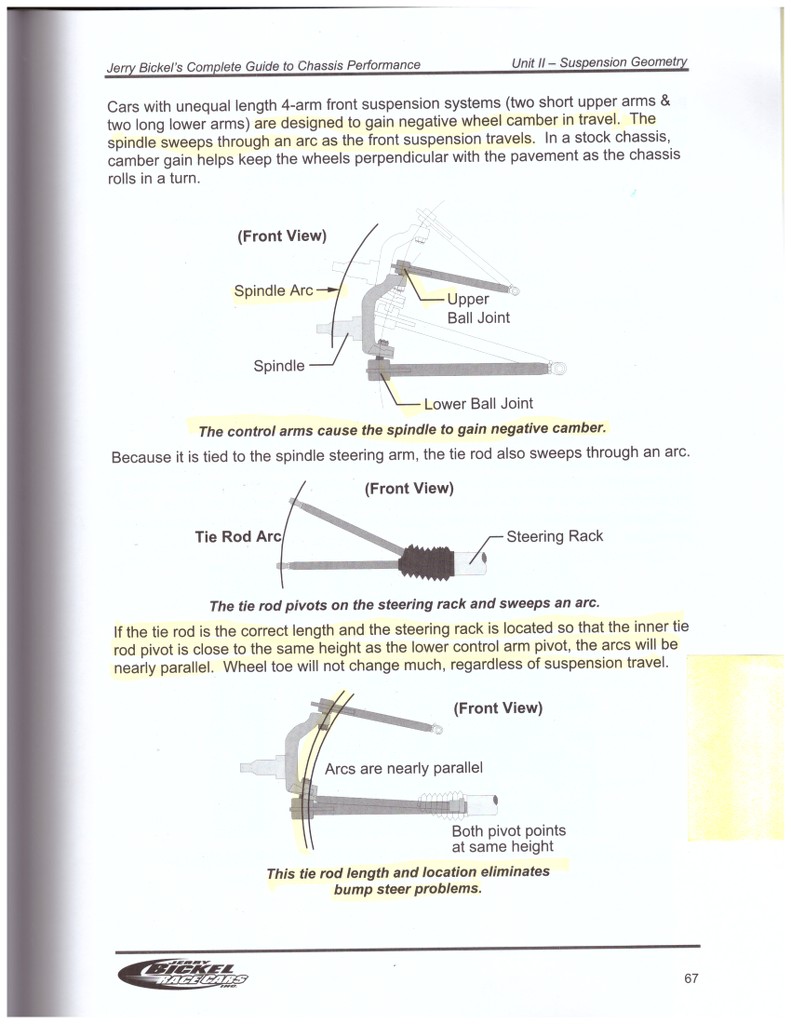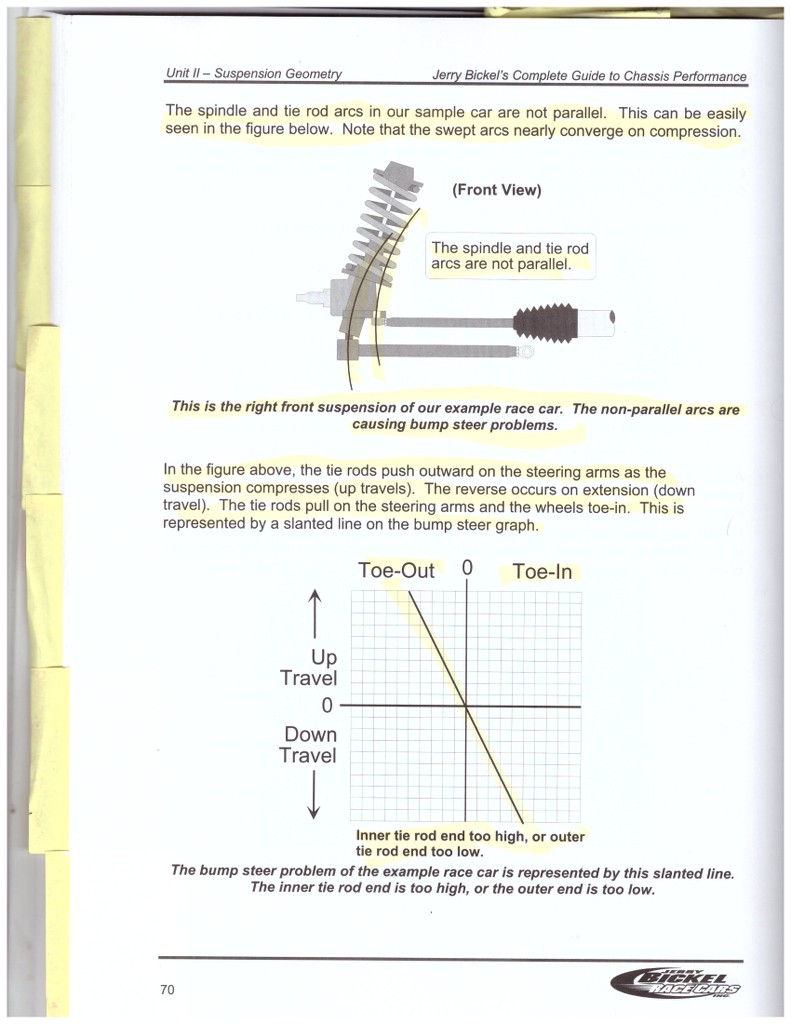Rosey1968
Active Member
- Joined
- Mar 31, 2017
I bought '87 GN recently and I am trying sort out the suspension on the car. The car drives great except at higher speeds. I believe I am getting a fair amount of bump steer at speed. At 65+ when I hit bumps it shakes the wheel more than I would expect.
The car has brand new tires and the front suspension is tight. I actually went back to the place that did my tires and had them inspect it again. Everything is tight.
I think the car is riding a little lower than stock, see pics. From the ground to the bottom of the center of the front wheel well it is 26 5/8". The rear is riding lower at 26 3/8". The air bags in the rear spring are not currently working, I am hoping that is why the rear is a bit lower.
The upper control arms are not stock, they are a tubular. I am not sure who made them, see attached pictures. The spindles and lower arms are stock. Not sure about the front spring but I do know the back springs are Eibach (with bags/2008). Front spring were replaced in 2008 as with the shocks, they are KYB. Shocks seem good still.
All the rear control arms are stock. I will be upgrading soon to boxed lowers and tubular uppers this summer.
A little more about the car and my expectations… Engine has 10K on a rebuild and it dynoed at 420 HP and 560 toque when it was fresh. I am sure it has lost some… but it still has a lot. I will probably never take the car to the track. It is mainly to cruse and make trouble (fun) on the street.
My questions…
Are the upper front control arms my issue with bump steer?
Or could it be the front springs?
Basically I am looking for the best setup, what to replace first to keep the car about the same height and reduce the bump steer.
Thanks in advance for any advice.
The car has brand new tires and the front suspension is tight. I actually went back to the place that did my tires and had them inspect it again. Everything is tight.
I think the car is riding a little lower than stock, see pics. From the ground to the bottom of the center of the front wheel well it is 26 5/8". The rear is riding lower at 26 3/8". The air bags in the rear spring are not currently working, I am hoping that is why the rear is a bit lower.
The upper control arms are not stock, they are a tubular. I am not sure who made them, see attached pictures. The spindles and lower arms are stock. Not sure about the front spring but I do know the back springs are Eibach (with bags/2008). Front spring were replaced in 2008 as with the shocks, they are KYB. Shocks seem good still.
All the rear control arms are stock. I will be upgrading soon to boxed lowers and tubular uppers this summer.
A little more about the car and my expectations… Engine has 10K on a rebuild and it dynoed at 420 HP and 560 toque when it was fresh. I am sure it has lost some… but it still has a lot. I will probably never take the car to the track. It is mainly to cruse and make trouble (fun) on the street.
My questions…
Are the upper front control arms my issue with bump steer?
Or could it be the front springs?
Basically I am looking for the best setup, what to replace first to keep the car about the same height and reduce the bump steer.
Thanks in advance for any advice.







